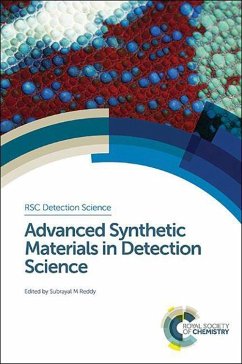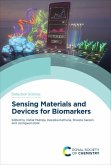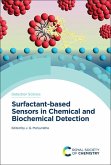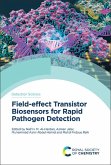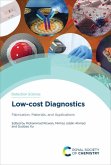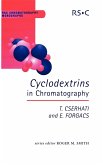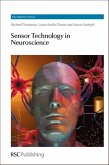In a bid to develop synthetic molecules and materials that are capable of biomimicry, there has been intensive research in the fields of synthetic receptor technologies, smart materials, synthetic biology and smart indicators for the past 20 to 30 years. The development of synthetic receptors continues to grow rapidly. Novel molecular architectures, with ever improving selective binding properties, for biomolecules, are constantly being described, and in some cases providing much-needed physical insights into the nature of non-covalent interactions and molecular recognition. Such receptor systems are also being used for increasingly esoteric applications, often with real practical applications, particularly as specific sensors for single analytes and for sensor arrays for multi-analyte mixtures. This book aims to capture key developments at the synthetic receptor/biology/detection science interface.
Bitte wählen Sie Ihr Anliegen aus.
Rechnungen
Retourenschein anfordern
Bestellstatus
Storno

